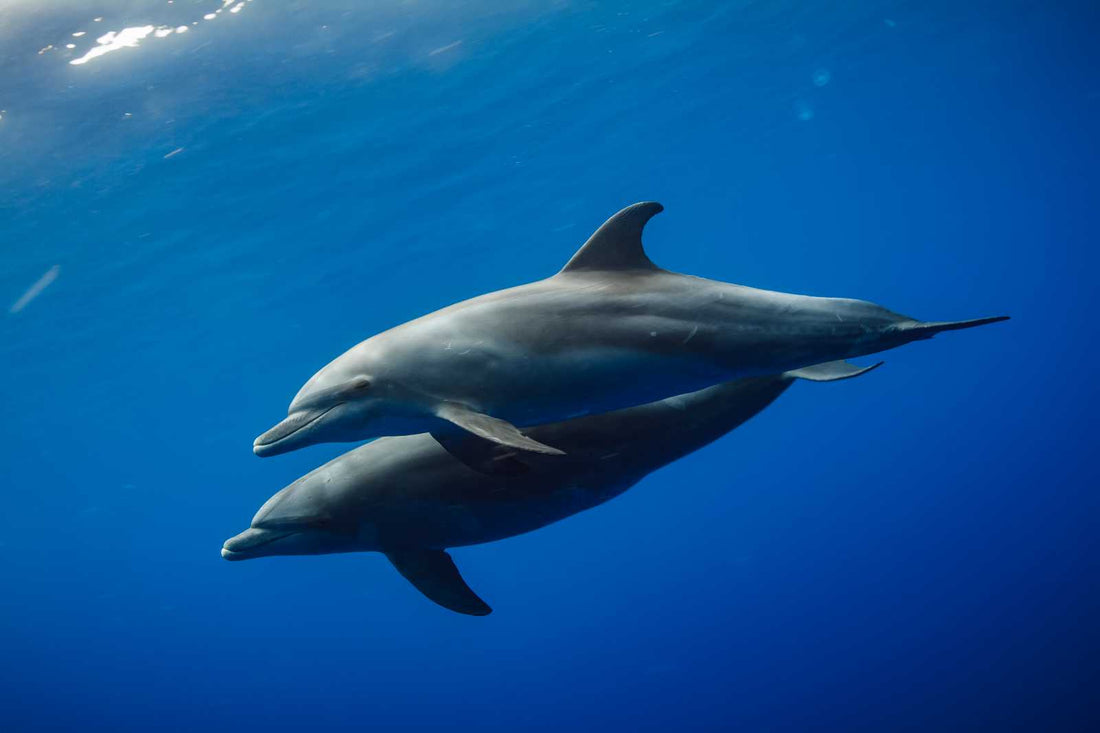
Why Dolphins Are Among the Smartest Animals on Earth!
Dolphins have fascinated humans for centuries — not just because of their playful nature, but because of their astonishing intelligence. These marine mammals possess some of the largest and most complex brains in the animal kingdom, rivaled only by great apes and humans. According to the Smithsonian’s Ocean Portal, “dolphins are widely regarded as the second-most intelligent animals on the planet after humans.”
Let’s dive into what makes dolphins such brilliant creatures of the sea.
🧠 A Brain Built for Problem Solving
Dolphins have brains that are large relative to their body size — a trait known as a high encephalization quotient (EQ). The bottlenose dolphin, for example, has an EQ second only to humans. But size isn’t the only factor. The structure of a dolphin’s brain, especially the neocortex and limbic system, is associated with:
- Advanced problem-solving skills
- Emotional intelligence
- Self-awareness
Dolphins have been observed using clever hunting strategies, such as creating mud rings to trap fish or working in teams to herd schools of prey. In Shark Bay, Australia, some dolphins use marine sponges to protect their snouts while foraging along the seabed — a form of tool use passed down through generations (Krützen et al., 2005).
🪞 Self-Awareness and Social Intelligence
One of the most remarkable signs of dolphin intelligence is their ability to recognize themselves in a mirror — a rare trait that indicates self-awareness. Research led by Dr. Diana Reiss (2001) found that dolphins examined marks on their bodies while looking in mirrors, proving they understood the reflection was their own.
Dolphins also display empathy and complex social relationships. They form lifelong bonds, cooperate in hunts, and have been seen assisting injured pod members or even other species — including humans.
🔊 A Language We’re Still Trying to Understand
Dolphins communicate using a sophisticated mix of clicks, whistles, and body movements. Each dolphin has a unique signature whistle, like a name, that it uses to identify itself and call to others. Studies by Dr. Vincent Janik and colleagues (2006) showed that dolphins can recognize these whistles even after years apart.
Their communication system may be far more complex than we understand. Some researchers are exploring whether dolphin sounds contain grammar or syntax, offering clues into the evolution of language.
🌊 Protecting the Ocean’s Minds
Sadly, despite their intelligence, dolphins face threats from human activity — including habitat destruction, pollution, and bycatch in fishing nets. By supporting conservation efforts, we help safeguard some of the most extraordinary minds in the natural world.
Every small action — whether reducing plastic use or supporting ocean-friendly businesses — helps protect dolphins and the seas they call home.
Sources you can reference for more info:
- Smithsonian Ocean Portal (ocean.si.edu)
- Krützen et al., 2005, Proceedings of the National Academy of Sciences
- Reiss & Marino, 2001, Proceedings of the National Academy of Sciences
- Janik et al., 2006, Proceedings of the Royal Society B